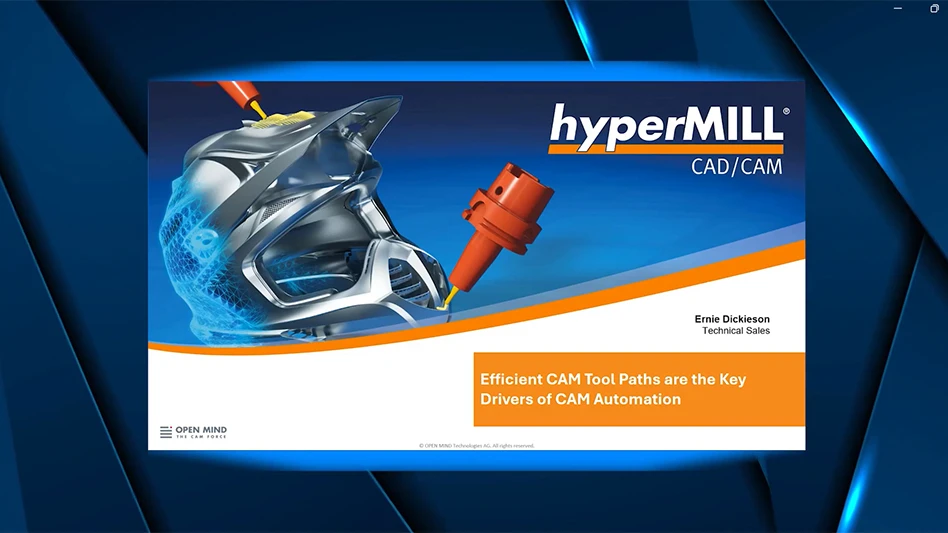Commercial airlines, aircraft designers, and engineers continue to cautiously navigate the challenging landscape of lightweighting. The automotive industry already has powered its way through barriers that needed to be toppled to develop lighter-weight vehicles and alternative fuel systems, so we might think this technology could be effectively transferred to aircraft. While the development of materials in these modes has followed parallel paths, the solutions for making aircraft lighter have proved to be much more complex.
Lightweighting aircraft – inside and out – offers an effective way to achieve improved fuel economy and reduce emissions. For example, nearly half of the Boeing 787 airframe is composed of carbon fiber reinforced plastic (CFRP) and other composites. According to Boeing, this approach offers weight savings on average of 20% compared to conventional aluminum designs.
Of the various materials used for the Airbus A350 hybrid fuselage, frames, wings, landing gear, and other structures, 52% are made from composites, 20% are aluminum or an aluminum-lithium alloy, 14% are titanium, 7% are steel, and 7% are other materials.

Alternative methods
Lightweighting also requires each material to be optimized for the best performance in the aircraft section to which it is applied. Lighter materials for structures and components are now in use. Further lightweighting is likely to focus on two areas: engines and interiors.
New aero engines can cut fuel consumption by as much as 20%, and they are lighter. For almost 20 years, commercial aircraft engines have been built with composite fan blades, and now ceramic matrix composites are being introduced into the hot sections of the engine for better performance and lower weight.
GE Aviation’s engine for the Boeing 787 has a front fan case and fan blades made of carbon-fiber composites and a reduced fan-blade count. Additionally, a titanium aluminide low-pressure turbine saves 400 lb per engine.
Other lightweighting ideas are more creative.
NASA researchers are testing nonstick coatings on Boeing 757 planes in attempt to prevent dead bugs from collecting on the leading edge of wings where they can disturb airflow that reduces fuel efficiency by as much as 6%.1 Also to save weight, NASA is testing a lighter and 17% smaller vertical tail that is stabilized by tiny jets that blow air over its surface.
Weight saving also counts inside the passenger cabin, with airlines considering everything from scaled-down toilet pipes to plastic wine bottles in place of glass, lighter knives for business class meals, lighter food trolleys, and more weight-efficient entertainment systems.
Another lightweighting effort focuses on seating, replacing aluminum with composites. A few companies are working on developing a composite seat, and major aircraft companies are researching them.
Thermoset compositess are generally well understood from their existing applications in aircraft structures, but their flammability characteristics have prevented them from being used for interior components. As a result, attention has shifted to thermoplastics that meet flammability requirements. Unlike thermosetting polymers, thermoplastics can be reused by heating, reforming, and then cooling. However, the material properties of thermoplastics generally are not as good, and they are less understood and characterized.
Some airlines are exploring alternatives to conventional passenger seats. One idea is the standing seat. A report in the International Journal of Engineering and Technology (July 2014)2 suggests vertical-style seats in a 737-300 would increase passenger capacity by 21%. While the motivation for these unconventional seats may be making room for more passengers, the seats would be lighter than the usual aircraft seats.
Optimizing variables
Whatever the lightweighting method, the key to a successful design will remain optimization, especially with today’s increased attention to composites. An engineer designing a metal structure often needs to be concerned only with its shape and thickness as design variables. For composite structures, however, the engineer must consider many more variables. Without design optimization software, it is impossible for any human to adequately sort through all of the various shapes, angles, and sequences to come up with an optimal design. Consequently, most composite designs are referred to as black aluminum, because the engineer considers shape and thickness as the only variables.
However, today’s advanced optimization software, such as OptiStruct from Altair, can quickly guide the engineer to a better and more optimal solution (illustration above). Using the software, an engineer typically sets a single objective function, such as minimizing weight. Multiple engineering and manufacturing constraints then can be applied to generate an optimized solution, with input from the design, stress, and manufacturing teams.
Users can place many constraints on a problem. If the goal is lightweighting, they can set up the optimization problem to minimize weight. Usually they focus on shape and thickness as the variables to adjust, since materials and manufacturing methods are often chosen beforehand. OptiStruct also can provide solutions based on stress, strain, displacement, and frequency response. It also can incorporate manufacturing constraints, including draw direction, minimum member, pattern repetition, and symmetry.
For composite optimization, many engineers are compelled to remove the ply shape, ply angle, and ply stacking sequence variables because they add too much complexity. Instead, users tend to stick with standard laminate configurations of constant thickness. OptiStruct enables engineers to include these variables in the design; the software deals with the complexity in the optimization algorithm.
In the future, technologies being demonstrated by Solar Impulse 2 – the solar-powered aircraft built to circle the globe3 – may find their place in the commercial airline world. Its ultralight carbon construction, efficient photovoltaic cells, and advanced batteries and motors – far removed from conventional aircraft – may become contenders as serious as hybrid plug-in and all-electric vehicles have been in the auto industry. The demand for efficiency drives new approaches, and we can expect to see many more lightweight initiatives take off as pressures to reduce aviation emissions soar.
Altair
www.altair.com
About the author: Robert Yancey is vice president, aerospace solutions for Altair. He can be reached at yancey@altair.com.
1. https://www.theverge.com/2015/4/4/8344437/nasa-tests-bug-repellant-coating-for-airplanes
2.https://www.ijetch.org/index.php?m=content&c=index&a=show&+catid=57&id=806
3. https://aroundtheworld.solarimpulse.com/adventure
Get curated news on YOUR industry.
Enter your email to receive our newsletters.

Explore the June 2015 Issue
Check out more from this issue and find your next story to read.
Latest from Aerospace Manufacturing and Design
- Piper Aircraft receives its largest ever domestic trainer order
- Miniature, high force-to-size linear voice coil servo motor
- MagniX, Robinson to develop battery electric R66 helicopter
- Zero-point clamping modules
- Hartzell electric engine propeller earns FAA approval for AAM
- Thin profile flame and thermal barrier
- Guill Labs offer materials and extrusion testing
- High production vertical honing systems






